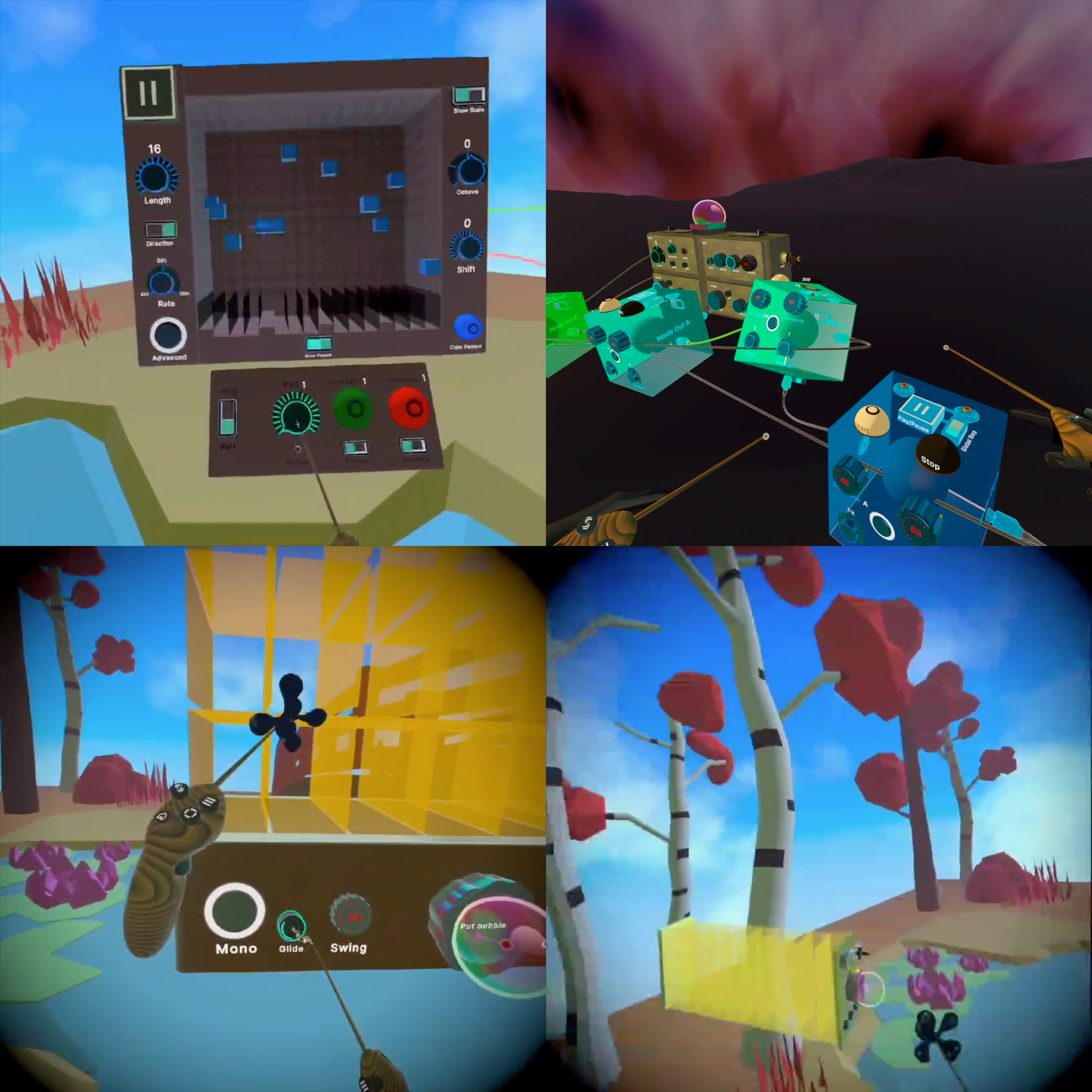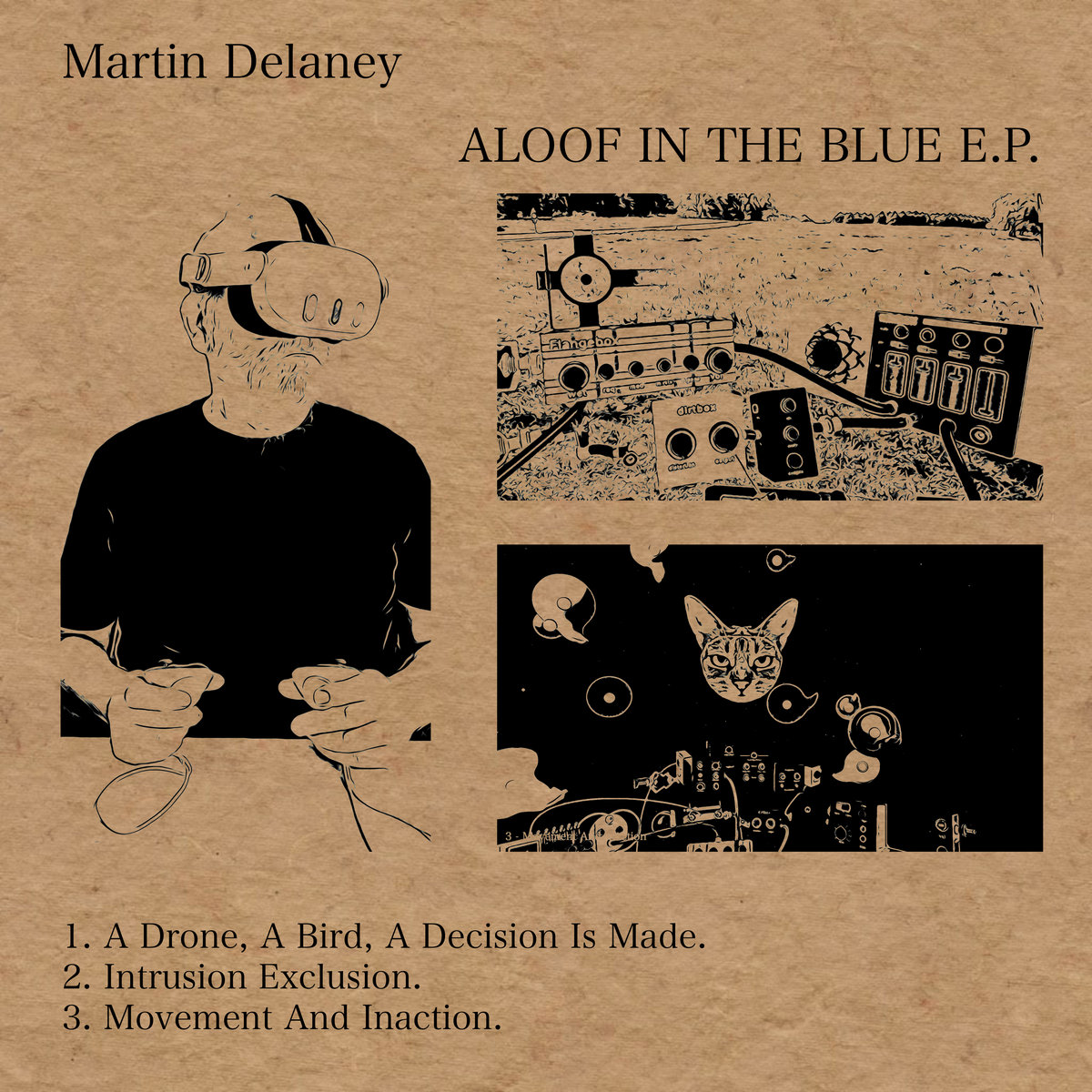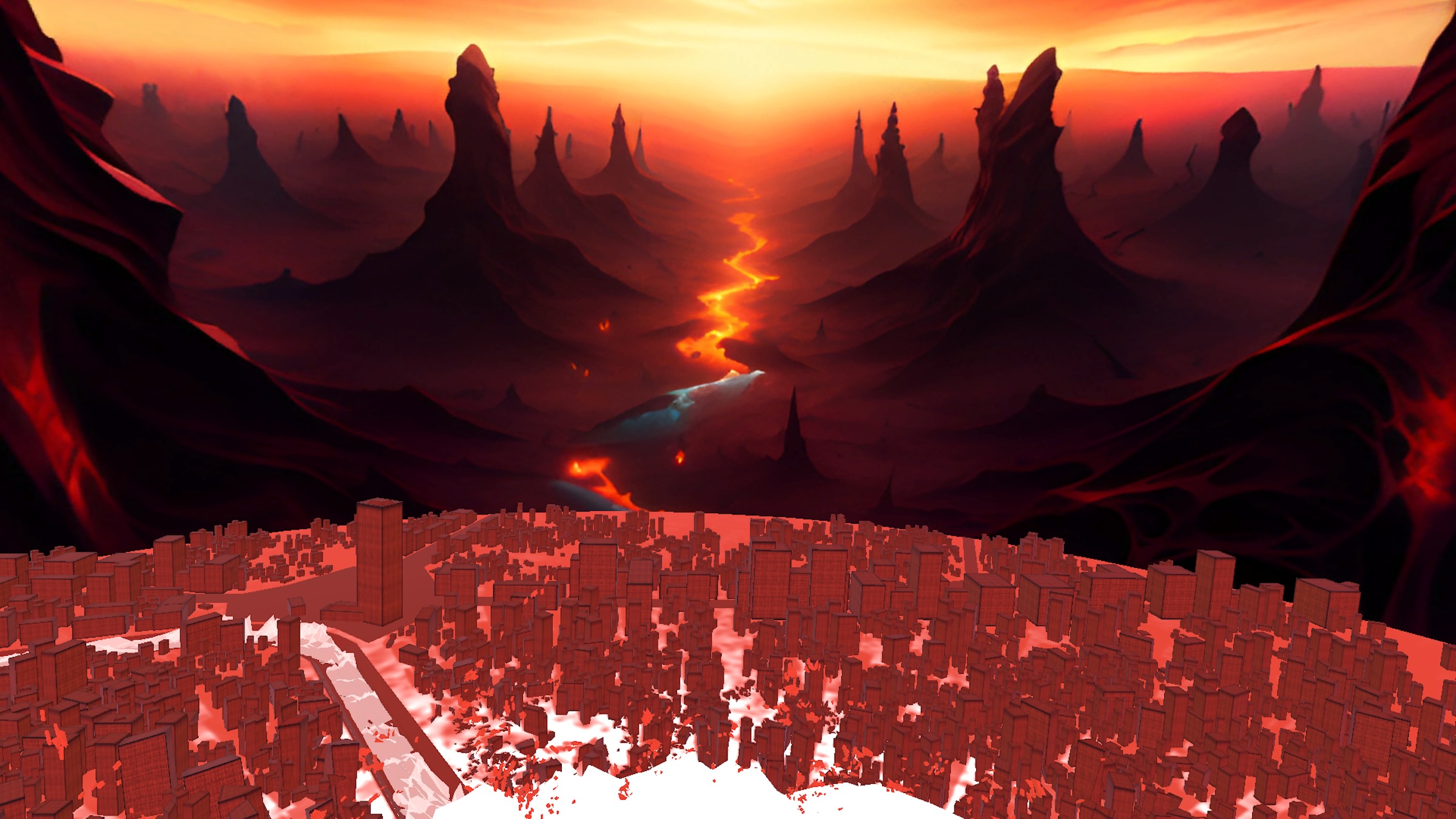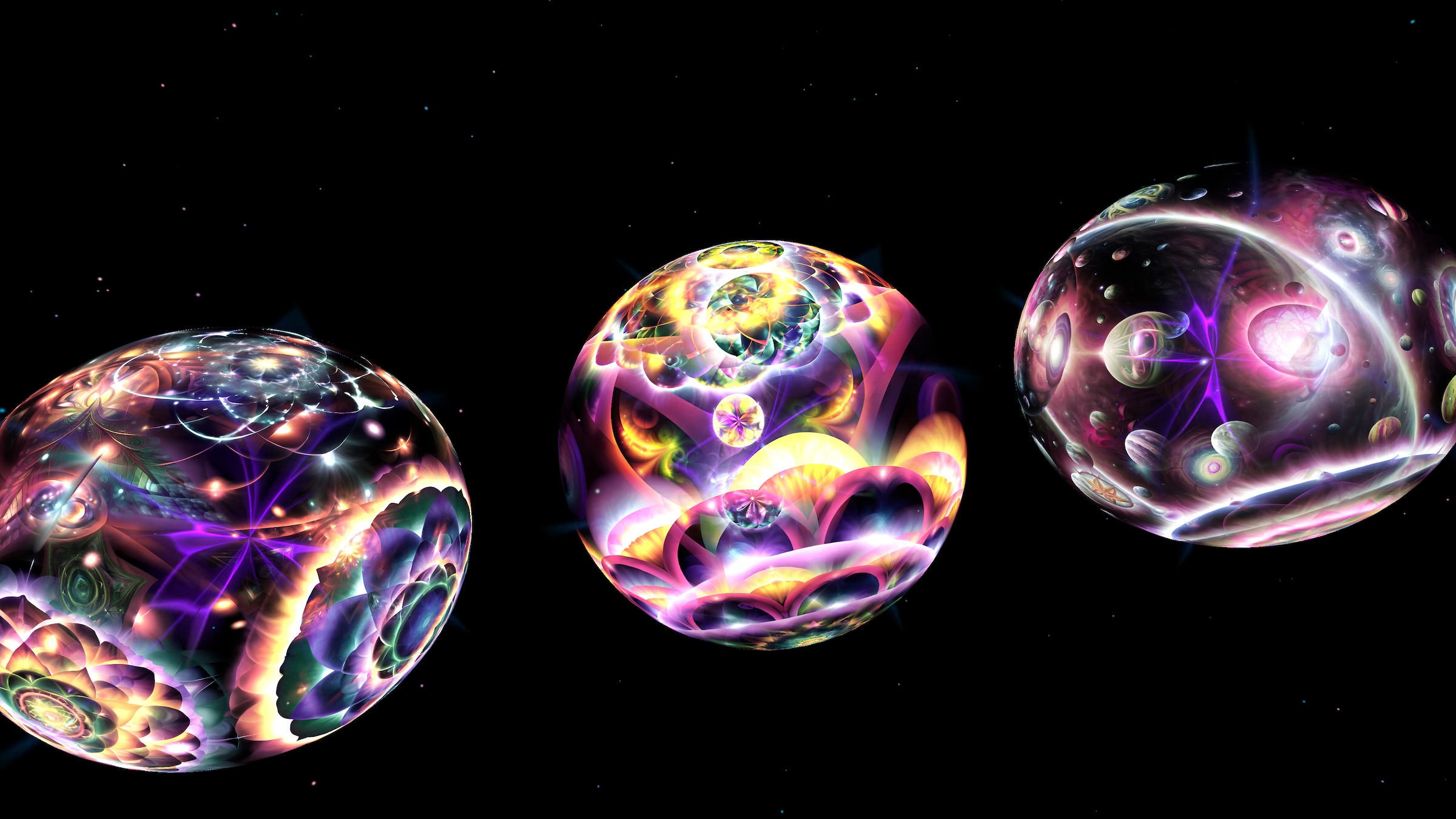
Among the many improvements we’ve been packing into PatchWorld since launch, these new three-dimensional instruments for making patterns open up some of the biggest musical possibilities. And you can do all of this with gestures. Plus, learn one, and you’ll get skills you can apply to the others. Patch into your favorite synths and effects for unlimited expandability.
There are four sequencer devices. And there’s Home Grown - a visual, spatial instrument you can use on its own or combined with other synths. Let’s start there, as it’s a great go-to for starting some new melodic ideas:
It’s easy to get started, but there’s a lot of power inside:
- Apply any sound you want by adding Bubbles from the Library
- Built-in repeat, using depth with the controller to control repeat rate
- Tweak volume, pitch, wobble, and echo
- Swing
- Connect to other devices - and layer the internal sound of Home Grown, or remove its sound bubble to use it as a controller (only hear an external synth)
It’s a unique, gestural way of playing totally native to VR and your controllers.
On to the sequencers! For starters, there’s the Melodic Sequencer:
Some of the features included:
- 16 steps by default, with the ability to create longer patterns with presets and song mode
- Velocity using depth (further away from the user, lower velocity or volume)
- Clear trigger (lower-right)
- Octave and transpose
- Scale mode
- Global swing (matched to your overall project)
- Color options
- Advanced opens up more: rate division, direction, sequence length, preset storage and “song mode” (what some music sequencers call pattern chaining)
- Song mode with the ability to set up different sequences of patterns and repeats
And yes, advanced users, the control for sequence length means you can create polymeters with multiple synchronized sequencers!
Then you’ve got the unique Killerboard - which is a bit unlike anything you’ve likely seen before, inside or outside VR. Instead of the more conventional piano-roll style view of the Melodic Sequencer, you get a horizontal row of bars, each representing both pitches and events. Arm a trigger, and you can create micro-timed repeats and sustains, for unusual patterns and pads. Let’s watch Gad again for more:
Again, you’ll find more features, including:
- Octave/transpose
- Number of steps
- Quantized and unquantized settings
- Velocity with depth (as desired)
- “Grain size” for the size of repeated triggers
The Jangler is a PatchWorld original, too - a polyphonic X/Y grid of pitches and triggers you can use expressively with gestures:
More:
- Quantized and unquantized triggers
- Monophonic and polyphonic operation (and duophonic, technically, with two hands!)
- Scale
- Grid configuration
- Optional velocity operation - again using depth
- Patch in velocity and synths as you want (as PatchWorld is modular!)
We saved the most advanced and creative sequencer for last - but fear not, Node Sequencer is friendly and intuitive even as it’s open-ended and deep!
It all starts with a single cube and a sphere inside. And then patch in space … well, let’s watch:
In short:
- Configure note, velocity, length using open-ended patching and parameters
- Divide rhythms
- Duplicate nodes and combine for fully modular, creative pattern makers
- Generative patterns, using logic and start/stop - all via easy, playful patching (just get going and see what happens!)
- Chance (probability)
- Global start/stop for overall patterns
- Autonomous outputs you can patch to other devices as you wish
It’s a huge amount of power, usually found only inside hard-to-use node patching environments, but here as easy as our other Patch devices.
We can’t wait to see what you do with these. And if anything is unclear, if you want to see more, or you want to share tips and ideas, be sure to share with us on Discord!



